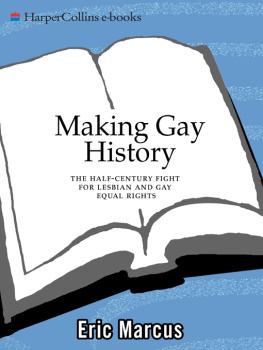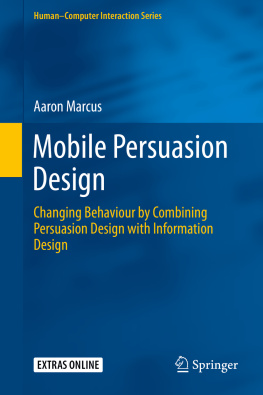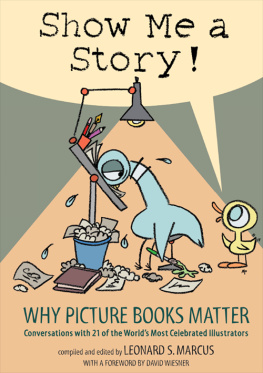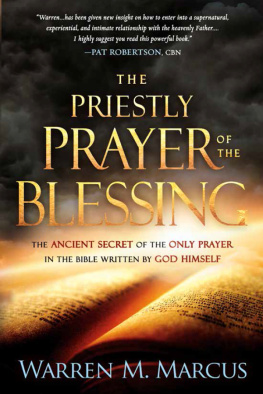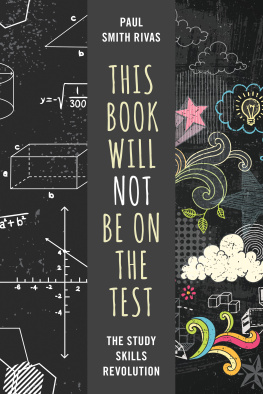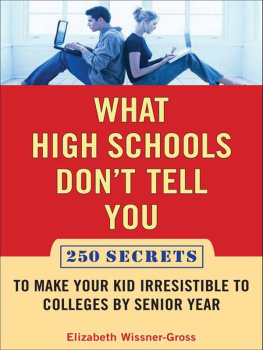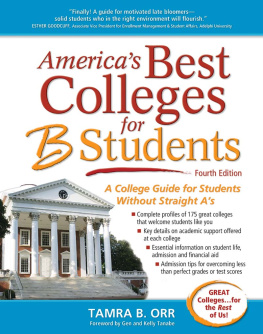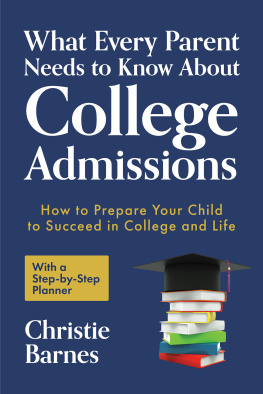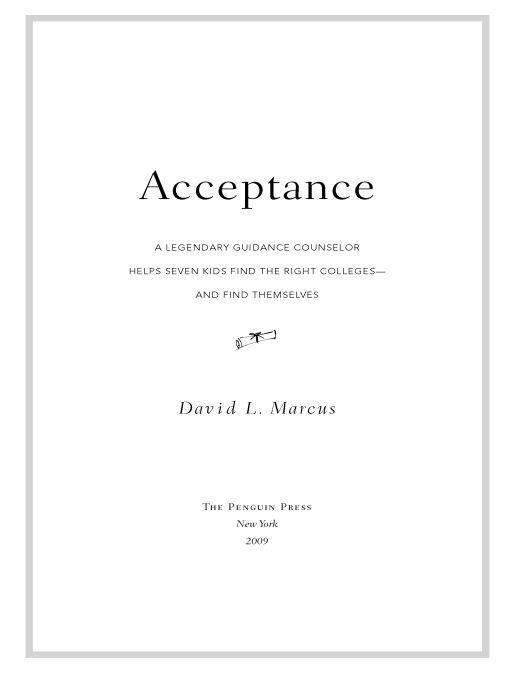Table of Contents
ALSO BY DAVID L. MARCUS
What It Takes to Pull Me Through:
Why Teenagers Get in Troubleand How Four of Them Got Out
TO JUSTINE,
who guides me
AND TO BENJIE, TATIANA, AND ALEXA,
who make the journey complete
PREFACE
One More Year
In a small office at the back of a deserted high school, Gwyeth Smith Jr. was puzzling over the college admissions season that had recently endedthe cruelest in his thirty-plus years of working with applicants.
Smitty, as friends called him, was the director of guidance at Oyster Bay High School on Long Islands North Shore. He had close-cropped salt-and-pepper hair, a matching mustache and beard, and looked younger than his sixty-two years. It was a humid morning in August 2007, a week before the start of classes, and he was clearing his desk to prepare for the fall rush. He studied a newspaper clipping about a nearby schools dismal luck with the Ivy League.
PRINCETON: 4 of 5 rejected
YALE: 5 of 6 rejected
BROWN: 11 of 12 rejected
HARVARD: 7 of 8 rejected, and 1 wait-listed
The school, Northport High, prided itself on its two dozen Advanced Placement courses, its arts program, and its service project in Central America. Little of that had swayed the Ivies this time. In all, Harvard, Yale, Princeton, and Brown had accepted just three of Northports thirty-one applications.
Every high school in the area except Oyster Bay had been hit hard by rejections. A few miles away, the Mineola guidance department was baffled by MITs snub of their salutatorian, a science whiz with near-perfect SATs. At John F. Kennedy High, on the South Shore, eight of nine University of Pennsylvania applicants were turned down, along with all seven who tried for Washington University in St. Louis. Across the country, counselors could list student council presidents, Eagle Scouts and scholar-athletes whod been spurned by first-, second-, and third-choice schools.
The acceptance rates at the colleges explained why. Penn took only 15.9 percent of applicants, Stanford 10.3 percent, Columbia 8.9 percent. Duke rebuffed more than half of the 1,381 valedictorians who applied. And it wasnt just the elite private schools. Binghamton, of the State University of New York system, had gotten so many early applications that thousands had to be put off for decision until spring. Even safety schools were no longer safe: The University of Miami, once derided as Suntan U, got nearly twenty thousand applications for two thousand openings.
And yet Smitty was serene. Most of the kids at his small public high school were admitted to their first-choice colleges, and many had sorted through competing offers. A boy who floundered at the start of the admissions process was accepted at all seven schools he applied to; hed chosen Rice over Cornell. One girl hadnt just gotten into MIT, she had actually rejected MIT. Instead, she accepted a scholarship to Case Western Reserve, where professors requested her help on a research project.
Smitty had made sure that Oyster Bay was one of the first districts in the area to buy software called Naviance, which displayed scattergrams with students scores and GPAs and a summary of where theyd been accepted or rejected. With a couple of clicks, Smitty was reminded that Penn had admitted one girl even though twenty-three kids in the senior class had had better grades. A few more clicks showed where other Oyster Bay students were heading: Duke, Cornell, University of Chicago, Brown, NYU, Northwestern, George Washington University, Rice, Tufts, Boston University, Barnard, Berklee College of Music, McGill, Michigan, Wisconsin, Delaware...
What made the acceptances more remarkable was that Oyster Bay was not a school of national stature. For decades it had been overshadowed by its neighbors, Syosset, Cold Spring Harbor, and Jericho, which dominated science competitions and churned out National Merit finalists. Some of the best public schools in the country could be found across the Long Island Sound: Scarsdale and Chappaqua, Greenwich and Westport. And just down the road were the academic bastions of Great Neck and Port Washington, better known to generations of The Great Gatsby readers as West Egg and East Egg.
But Oyster Bay had Smitty. Parents called him the guidance guru. Few counselors, they said, lived and breathed the applications game like Smitty. He could find the perfect school for the most quirky kid, coax a sensitive essay from the toughest jock, and induce the nerdiest engineering student to exude poise in an interview.
Legend had it that Smitty was so well connected he could simply pick up the phone and request that a college make space. That, of course, was an exaggeration, but Smitty was so gifted at getting the absolute best out of his kids that he got them to open doors that otherwise might have been closed. At every step, he pestered them, championed them, and encouraged them. He nudged students into difficult courses, drilled them before they took the SATs, and relentlessly made them revise their essays.
The application process is all about discovering who you are. That was one of Smittys sayings. So was, Everyone has a story to tell. His job, he liked to say, was not to simply flaunt scores but to get students to present their most compelling selves to admissions offices.
Smittys mystique helped him get away with telling parents some blunt truths. As a father went on about how his daughter had to get into Emorys premed program, Smittys cheeks would redden. Sir, with all respect, hed interject in his gravelly voice, are we talking about your ambition or hers?
Smitty had become known beyond Oyster Bay. A few years earlier, Worth named the fifty public schools with the highest percentage of graduates going to Harvard, Yale, and Princeton. Four Long Island pow erhouses made the list, and so did the little upstart Oyster Bay. Although Smitty enjoyed the resulting accolades, he believed the magazines premise was superficial. He worried about the increasing emphasis on a handful of prestigious universities. While he encouraged applicants to aim high, he also pushed kids to look beyond brand names for the right fit. He tried to get his youngstahs, as he called them in his native Maine accent, to see where they were headed long-termto view college not as an admissions prize but as a path to becoming a pediatrician, teacher, YouTube engineer, you name it.
When he looked back at the past season, his proudest achievements were not Ivy acceptances but the months he spent helping students reveal their best truths. He thought of the boy who came to terms with his fathers death while writing his applications, or the girl, a first-generation American, who wrote revealingly about her dad growing up in Paraguay with one pair of shoes.
As Smitty sorted through his papers, a slender, six-foot-tall boy with short brown hair cleared his throat at the doorway. Every year, Smitty took on several students as special projects. Jeff Sanders was one. Although he was among the most popular kids in school, some teachers saw him as a slacker.
But Smitty appreciated things in Jeff that those teachers missed. He was a three-sport athlete who wanted to go into sports management. Even now, he scouted community and high school players to help them get recruited, writing reports for a Web site read by coaches.


